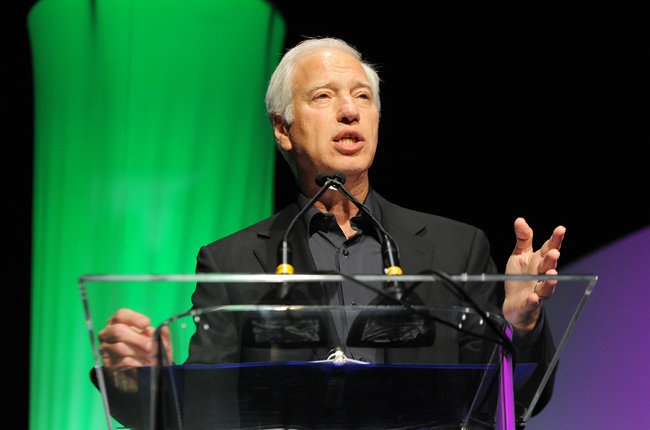Cary Sherman, the chairman and CEO of the Recording Industry Association of America, has written a rebuttal to a blog post penned yesterday by YouTube's global head of music Lyor Cohen entitled “Five Observations From My Time at YouTube," which analyzed the disconnect and tension between the massive video streaming platform and the music business.
Representing an industry that has long decried what it calls the “value gap” between YouTube’s enormous user base (1.5 billion monthly users) and what it sees as the relatively small revenues the service pays content providers, as well as its use of DMCA "safe harbor" provisions, Sherman’s response, titled “Five Stubborn Truths About YouTube and The Value Gap,” was unsurprisingly unimpressed with Cohen’s assertions.
While Sherman said his music industry trade group is “pleased” and “encouraged” by Cohen’s mission to direct some revenues back to music creators, as well as with his optimism about the future, he noted that “we’ve heard pretty much the same claims and arguments from YouTube before.” The head of the RIAA then went on to dispute Cohen's post point-by-point.
Sherman first claimed that YouTube’s use of the "safe harbor" provision of 1998's Digital Millennium Copyright Act -- designed to limit the liability for digital platforms that host copyright-infringing content -- results in driving down payments to creators and forces music creators to “spend countless hours and resources sending takedown notices...only to find them pop right back up again.”
The RIAA head also claimed Cohen portrayed Google and YouTube as “cash-starved start-ups just launching a subscription streaming business,” but noted Google Play -- which will be folded together with YouTube Red some time in the future -- launched seven years ago and that other start-up streaming services with far less resources have been able to scale far more successfully over the same time period.
Sherman also lambasted the service’s perceived lack of transparency, allegeding YouTube “underreports” its streaming figures while at the same time withholding subscriber data.
While Cohen's post claimed that YouTube pays $3 per thousand streams in the U.S., Sherman alleges that it is actually half that amount and “seven times less than Spotify, which also is both an ad-supported and subscription service.”
Finally, Sherman rhetorically asked that if “Nine out of the top 10 most-watched videos on YouTube are music videos,” and if executives at Google/YouTube’s parent company Alphabet recently noted that the video platform is a “bright spot... Why is YouTube paying so little? Is this how a true partner values music? We don’t think so."
Sherman concluded by calling for the "safe harbor" provision to be modified to both “drive innovation and fair competition” and at the same time not be used by YouTube “for its own competitive advantage.”
While most of these arguments between YouTube and the music industry have been hashed out before, it should be noted that Cohen's willingness to engage in these discussions with the record industry from which he came is something of a sea change. Whether or not these grievances are actually addressed remains to be seen, but this week's posts are certainly a step in the right direction bringing both sides' points to the public sphere and perhaps even mark the beginning of a dialogue.
Read Sherman’s full response here.








